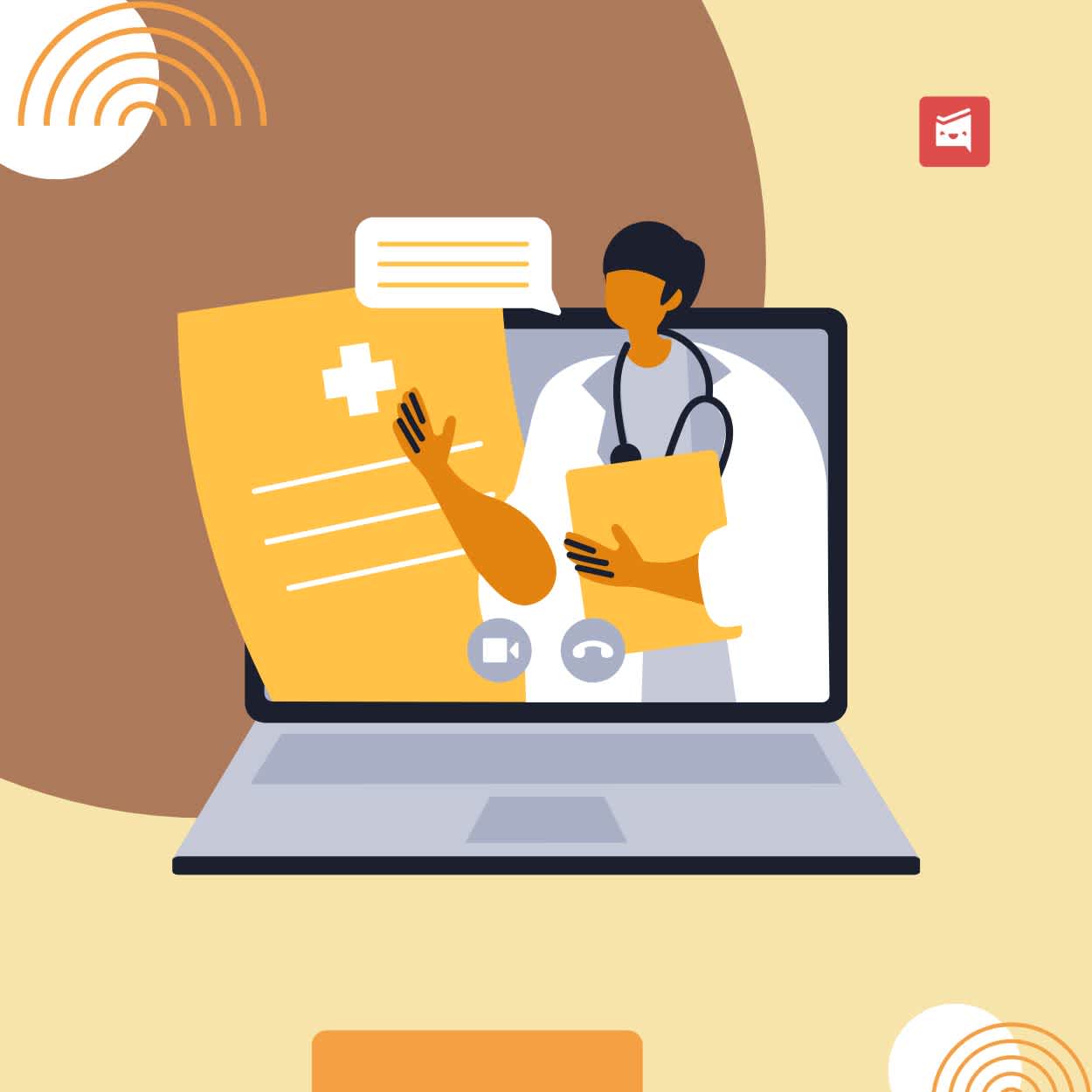How task management tools improve efficiency in telemedicine and healthcare software projects
ByJulian Gette
Workast publisher

Workast publisher
Telemedicine has transformed healthcare delivery by making medical consultations, remote monitoring, and diagnostics accessible across distances. Behind this innovation lies complex software development that involves medical experts, developers, and compliance teams working in close coordination. The success of such projects depends not only on technology but also on organization, communication, and clear task execution.
Effective project workflows have become essential for distributed teams. Whether a company is creating an internal medical portal or exploringcustom telemedicine software development services, structured task management helps align teams, track progress, and ensure quality standards in regulated environments. Without it, even advanced development efforts can become fragmented and inefficient.
Healthcare software projects are among the most intricate in the tech industry. They involve multiple layers of responsibility, such as patient data protection, system interoperability, medical accuracy, and regulatory compliance with frameworks like HIPAA or FDA standards. A single oversight can delay product delivery or create serious risks for end users.
Development teams often face challenges that include:
Cross-functional collaboration. Doctors, engineers, and designers must work together on a single product roadmap, despite having very different professional languages and priorities.
Regulatory constraints. Every iteration or code change may require documentation or approval to maintain compliance.
Data sensitivity. Teams must ensure encryption, access control, and audit trails for all stored and transferred data.
Continuous integration. Frequent updates or patches must be tested and deployed without interrupting clinical workflows.
In this context, task management tools play a crucial role. They transform chaotic, multi-department collaboration into organized, transparent processes.
One of the main advantages of task management software is centralized visibility. A clear overview of project milestones, assigned tasks, and current blockers helps everyone stay aligned. Tools like Workast, Asana, or Jira allow teams to break down complex telemedicine projects into manageable pieces and assign ownership for each deliverable.
For example, during the development of a telehealth platform, developers might focus on API integrations with electronic health records, while the compliance team monitors HIPAA validation steps. With a task management tool, both teams can see dependencies and progress in real time. This level of transparency minimizes miscommunication and prevents redundant work.
Centralized tracking also enables managers to identify potential bottlenecks before they escalate. If a specific module is delayed, related tasks can be adjusted, resources reallocated, or meetings scheduled to resolve the issue early.
Telemedicine projects often rely on geographically dispersed teams. Developers may be located across time zones, while clinicians provide feedback asynchronously. A well-structured task management platform ensures that everyone operates from the same source of truth.
By combining chat, documentation, and task tracking in one workspace, these tools reduce the need for endless email threads or status calls. Team members can tag colleagues, attach files, and update progress directly within each task card. This streamlined communication model keeps conversations focused and context-driven.
Integrations with platforms like Slack or Google Drive make collaboration even smoother. For instance, when a doctor leaves feedback on a new patient dashboard design, the development team receives an automated update in their communication channel, reducing delays and confusion.
Healthcare software must follow strict development and testing procedures. Task management systems help structure these steps through templates, custom fields, and automated checklists. Instead of manually tracking approvals or quality assurance tasks, teams can embed compliance verification directly into their workflows.
For example:
Every release cycle can include automated reminders to perform security audits or penetration tests.
Quality assurance teams can log test results within the same task card that developers use to track code changes.
Documentation for HIPAA or ISO standards can be stored alongside relevant tasks for quick reference.
This approach ensures that compliance is not an afterthought but an integral part of daily project routines.
In fast-paced development environments, metrics are critical for decision-making. Task management tools offer dashboards and reporting features that visualize progress, workload distribution, and performance trends. Managers can see which areas consume the most time, which tasks remain blocked, and where resources could be optimized.
For healthcare organizations, this visibility translates into measurable efficiency. Project managers can provide data-backed updates to executives or regulatory boards, proving that development processes are under control and well-documented.
Automated reporting also enhances accountability. When each action is logged, team members have a clear history of decisions and changes. This transparency is particularly valuable in healthcare projects, where auditability and traceability are mandatory.
Agile frameworks are widely used in healthcare and telemedicine software development, but healthcare projects require specific adaptations. Iterative sprints, continuous feedback loops, and retrospectives must all respect compliance and documentation needs. Task management platforms enable this balance by combining agility with structure.
Scrum boards, sprint planning features, and backlog prioritization allow healthcare teams to iterate quickly without sacrificing accuracy. For instance, developers can deploy a new video consultation feature in small stages, collecting feedback from doctors before scaling it system-wide. Each sprint’s outcomes are recorded within the project workspace, maintaining a full history of decisions for compliance purposes.
Agile task management helps teams stay flexible while maintaining predictability. It also fosters a culture of improvement, as teams can regularly review what worked and what needs refinement.
Consider a healthcare startup developing a virtual consultation platform. The company must coordinate UX designers, mobile developers, backend engineers, and medical consultants. With a task management solution, each department operates within a unified framework.
Tasks related to patient onboarding, data encryption, and API integration are tracked individually, linked to milestones, and reviewed through automated notifications. The platform’s communication tools keep doctors and developers aligned, even when working remotely.
The outcome is a faster release cycle, fewer errors, and a system that meets clinical and regulatory standards. In this scenario, the task management system becomes not just a productivity tool but a quality assurance mechanism that directly impacts patient safety and satisfaction.
Telemedicine and healthcare software projects demand both technical precision and flawless coordination. Task management platforms bring clarity to complexity by uniting teams, standardizing processes, and improving accountability.
When properly implemented, these systems ensure that every stakeholder (from engineers to medical professionals) can collaborate effectively within a structured, transparent environment. The result is a faster, safer, and more reliable path to innovation in digital healthcare.
